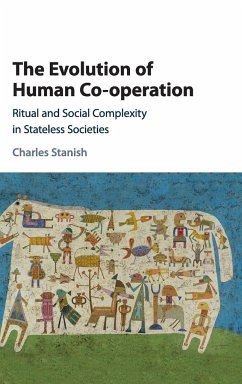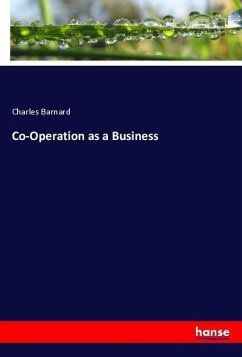
Clandestine HUMINT
Versandkostenfrei!
Versandfertig in 6-10 Tagen
36,99 €
inkl. MwSt.

PAYBACK Punkte
18 °P sammeln!
Clandestine HUMINT (HUMan INTelligence) includes a wide range of espionage sources. This includes the classic spy (called, by professionals, asset or agent) who collects intelligence, but also couriers and other personnel, that handle their secure communications. Other support personnel include access agents who may arrange the contact between the potential spy, and the case officer who recruits them. In some cases, the recruiter and the continuing supervision of the agent may be different people. Large espionage networks may be composed of multiple levels of spies, support personnel, and supe...
Clandestine HUMINT (HUMan INTelligence) includes a wide range of espionage sources. This includes the classic spy (called, by professionals, asset or agent) who collects intelligence, but also couriers and other personnel, that handle their secure communications. Other support personnel include access agents who may arrange the contact between the potential spy, and the case officer who recruits them. In some cases, the recruiter and the continuing supervision of the agent may be different people. Large espionage networks may be composed of multiple levels of spies, support personnel, and supervisors. Espionage networks are usually organized on a cell system, where each clandestine operator knows the people in his own cell, perhaps the external case officer, and an emergency method, not necessarily a person, to contact higher levels if the case officer or cell leader is captured. Espionage involves a human being obtaining (i.e., using human intelligence (HUMINT) methods) information that is considered secret or confidential without the permission of the holder of the information.












